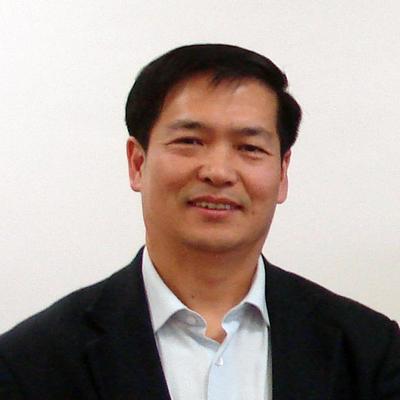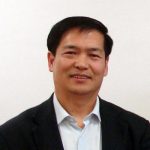
Professor Xiao-Ping Zhang (pictured) Chair in Electrical Power Systems at Birmingham’s Department of Electronic, Electrical and Systems Engineering, and his researchers have developed technologies to overcome these challenges.
Grid frequency events are caused by shifts in supply and demand. When demand exceeds supply, 
Professor Zhang’s novel method quickens this recovery, and eliminates the risk of frequency second dip, with minimal (less than 1%) loss of wind power capture.
It was developed for use in variable speed wind turbine systems (WTSs), which have emerged as the dominant type of wind turbine system. These systems usually operate at maximum power point tracking (MPPT) mode to extract the greatest amount of energy and so do not regulate their active power to support the grid when its frequency deviates from its usual value.
This new method from Birmingham University comprises a control system, which has been simulated in six scenarios with different wind speeds and wind power penetration levels. These simulations showed the system arrests the primary frequency dip, raises frequency to a high level that is close to the settling frequency within 20 seconds, and completely eliminates the risk of the secondary frequency dip.1
The system can be easily integrated into existing wind turbine control systems, and has a non-communication based central design, which means that links with other turbines and the grid are not required for it to function.
The second technology addresses the issue of forced oscillations, which occur when external disturbances produce oscillations that are close or equal to the natural oscillations in a power system.
In the context of wind farms, they are triggered by factors such as wind shear, wind turbulence, and upstream turbine wakes, and cause reduced output and equipment damage. If unchecked, they can spread to the grid, with widespread and catastrophic consequences. In the context of power grids, FOs are caused by malfunctioning equipment, and can result in large oscillations thousands of miles away from the source.
Here Professor Zhang has devised a control system that can be implemented in WTSs that can suppress and isolate forced oscillations originating either from the grid, or the WTS itself.
The system, which releases or absorbs power that is opposite to the oscillating power, has been verified by simulations with constant or varying wind speeds, different wind farm locations with respect to the source of FOs, on the modified two-area and IEEE 39-bus power systems (which represent the aggregation of a large number of generators), using a real-time digital simulator and a physical modelling and simulation tool.
The results of these simulations showed that the system can suppress and isolate forced oscillations originating either from the grid, or the WTS itself. The loss of wind power capture was negligible, and in addition to suppressing forced oscillations, the simulations showed the system also helps dampening of the intrinsic natural oscillations.2
Professor Zhang, of Birmingham University, said: “With increasing high penetration of renewable energy generation moving towards 100%, exploitation of future control potential from wind turbines becomes inevitable. These two technologies make the most of this potential, to benefit both the grid and wind farm operators, and ultimately energy users who need an uninterrupted energy supply and hence bring significant added values to wind turbines and power grids.
See also: Why old technique makes better battery materials






